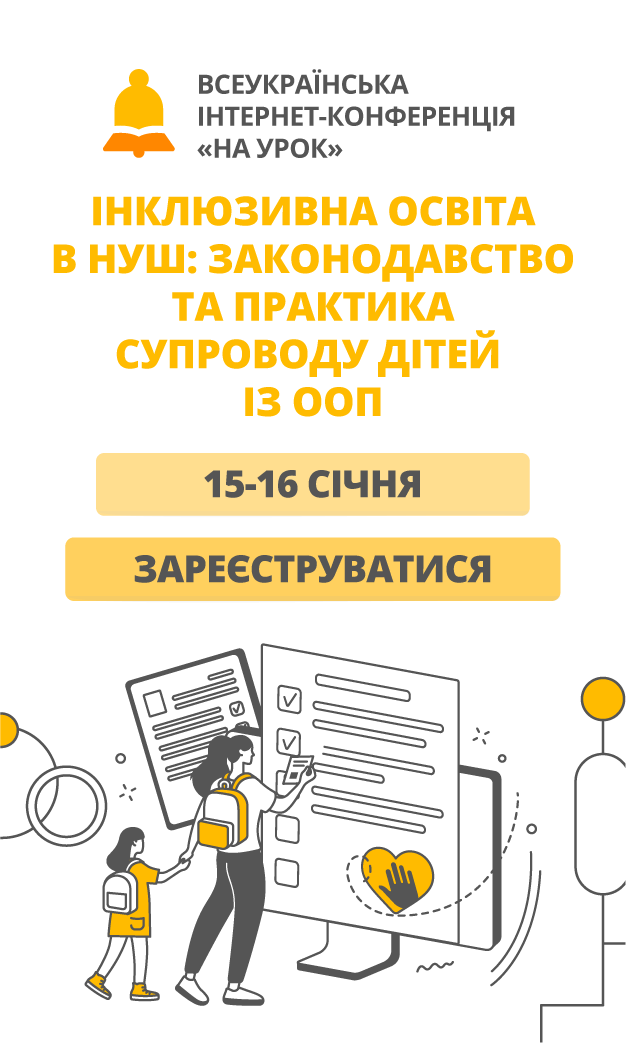20 interactive teaching activities in the interactive classroom
Interactive teaching is all about instructing the students in a way they are actively involved with their own learning process. In this blog post, I will talk about the use of interactive methods for teaching, encouraging more dedication towards the lesson material. We will see some interactive teaching tools, interactive teaching ideas and interactive teaching games. Not only will I talk about the use of interactive methods of teaching, I’ll give you some examples of methods used in the present classroom as well. Ready? Here are some of the most effective ways to engage your pupils!
20 interactive teaching activities in the interactive classroom
![]()
Interactive teaching is all about instructing the students in a way they are actively involved with their own learning process. There are different ways to create an involvement like this. Most of the time it’s through
- teacher-student interaction
- student-student interaction
- the use of audio, visuals, video
- hands-on demonstrations and exercises
You encourage your students to be active members of your class, thinking on their own, using their own brains, resulting in long-term memory retention. Not only the students' knowledge will improve, but their interest, strength, knowledge, team spirit and freedom of expression will increase as well.
In this blog post, I wall talk about the use of interactive methods for teaching, encouraging more dedication towards the lesson material. We will see some interactive teaching tools, interactive teaching ideas and interactive teaching games.
Not only will I talk about the use of interactive methods of teaching, I’ll give you some examples of methods used in the present classroom as well.
Ready? Here are some of the most effective ways to engage your pupils!
3 Effective interactive teaching strategies to encourage speech in your classroom
First, I want to put some activities in the spotlight. The following interactive student activities are three of the most effective ways to encourage more speech in your classroom.
1. Think, pair and share
Set a problem or a question around a certain topic, and pair up your
students. Give each pair of students e![]() nough time so they can reach a proper conclusion, and permit the kids to share their conclusion in their personal voice. This way your students will be engaged, communicating, and remember more of the class than ever before.
nough time so they can reach a proper conclusion, and permit the kids to share their conclusion in their personal voice. This way your students will be engaged, communicating, and remember more of the class than ever before.
2. Brainstorming
Interactive brainstorming is mostly performed in group sessions. The process is useful for generating creative thoughts and ideas. Brainstorming helps students learn to work together, and above all, learn from each other. You’ll be surprised of all the great ideas they come up with! Check out these 8 fun brainstorming apps you can use in your classroom, or use Edform' Mindmap widget to structure thinking.
3. Buzz session
Participants come together in session groups that focus on a single topic. Within each group, every student contributes thoughts and ideas. Encourage discussion and collaboration among the students within each group. Everyone should learn from each other’s input and experiences. As a teacher, you could give your students some keywords to spark the conversation.
Of course, there are many other interactive teaching ideas as well. I split up the activities in different categories:
- Individual student activities
- Student pair activities
- Student group activities
- Interactive game activities
Individual student activities
4. Exit slips
These are best used at the end of the class session. You’ll ask the students to write for one minute on a specific question. It might be generalized to “what was the most important thing you learned today”. Then, you can decide if you are going to open up a conversation about it in your next class. You can ask them if they still remember what they wrote down. Need a digital exit slip template? Try this one from Edform and learn more about the possibilities of an exit slip.
5. Misconception check
Discover students' misconceptions. See if students can identify what is the correct answer, when given a false fact. It’s useful when going over a previous lesson. It encourages students to think deeply and wager all the possibilities.
6. Circle the questions
Make a worksheet or a survey that has a list of questions (make them specific) about your topic, and ask students to circle (or check) the ones they don’t know the answers to. Then, let them turn in the paper.
Create corners concerning different questions that were circled. Let your students work on the extra exercises and explanation in the corners, individually. As your students will all have circled different questions, you have to give each student a different and personilized order to visit the corners.
7. Ask the winner
Ask students to silently solve a problem on the board. After revealing the answer, instruct those who got it right to raise their hands (and keep them raised). Then, all other students have to talk to someone with a raised hand to better understand the question and how to solve it next time.
Student pair activities
8. Pair-share-repeat
After a Think-pair-share experience, which I’ve written about in the first interactive learning lesson idea, you can also ask students to find a new partner and share the wisdom of the old partnership to this new partner.
9. Teacher and student
Let students brainstorm the main points of the last lesson. Then, pair up your students and assign them 2 roles. One of them is the teacher, and the other the student. The teacher’s job is to sketch the main points, while the student’s job is to cross off points on his list as they are mentioned and come up with 2 to 3 points that the teacher missed.
10. Wisdom from another
After an individual brainstorm or creative activity, pair students to share their results with each other. Then, call for volunteers who found their partner’s work to be interesting or exemplary. Students are often more willing to share the work of fellow students publicly than their own work. Of course, you can always encourage sharing their own objectives as well.
11. Forced debate
Let students debate in pairs. Students must defend the opposite side of their personal opinion. It encourages them to step away from their own beliefs and teaches them to look through a different coloured glass for once in a while.
Variation: one half of the class takes one position, the other half takes the other position. Students line up and face each other. Each student may only speak once, so that all students on both sides can engage the issue.
12. Optimist/Pessimist
In pairs, students take opposite emotional sides of a case study, statement, or topic. Encourage them to be empathic and truly “live” the case study. You’ll discover some good solution proposals and your students will learn some exceptional social skills.
13. Peer review writing task
To assist students with a writing assignment, encourage them to exchange drafts with a partner. The partner reads the essay and writes a three-paragraph response: the first paragraph outlines the strengths of the essay, the second paragraph discusses the essay’s problems, and the third paragraph is a description of what the partner would focus on in revision, if it were her essay. Students can learn a lot from each other and from themselves as well! Here are 10 more creative self-assessment ideas.
Student group activities
14. Board rotation
This interactive learning strategy is even more interactive than the others! Divide your class into different groups of students and assign them to each of the boards you’ve set up in the room. Assign one topic/question per board. After each group writes an answer, they rotate to the next board. Here, they write their answer below the first answer of the previous group. Let them go around the room until all the groups have covered all the boards. Not that many boards in your classroom? Try using tablets and BookWidgets' interactive whiteboard.
15. Pick the Winner
Divide the class into groups and let them work on the same topic/problem. Let them record an answer/strategy on paper or digitally. Then, ask the groups to switch with a nearby group and let them evaluate their answer. After a few minutes, allow each set of groups to merge and ask them to select the better answer from the two choices, which will be presented to the complete class.
16. Movie Application
In groups, students discuss examples of movies that made use of a concept or event discussed in class, trying to identify at least one way the movie makers got it right, and one way they got it wrong. Think about movies showing historical facts, geographical facts, biographies of famous people, …
Interactive game activities
Create in interactive classroom full of interactive learning games. Games are so much fun for students, since it doesn’t feel like learning. With Edform, you can make interactive learning games like crossword puzzles, pair matching games, bingo games, jigsaw puzzles, memory games, and many more in minutes (and there’s a Google Classroom integration as well).
17. Crossword puzzle
The crossword game is perfect to use as repetition activity. Choose a list of words and their description, and Edform creates an interactive crossword for you. The crossword game transforms these boring lessons into a fun experience. Here you can read more about how to create them and for which topics you can use them (not only for teaching languages)!
18. Scrabble
Use the chapter (or course) title as the pool of letters from which to make words (e.g., mitochondrial DNA), and allow teams to brainstorm as many words relevant to the topic as possible. You can also actually play scrabble and ask students to form words from the newly learned vocabulary.
19. Who/what am I?
Tape a term or name on the back of each student. You can also tape it on their forehead. Each student walks around the room, asking “yes or no” questions to the other students in an effort to guess the term. Of course, the term has something to do with your lesson topic.
20. Bingo
Bingo is a fun game that can be used for all sorts of exercises: language exercises, introductory games, math exercises, etc. Take a look at this blog post with all the different bingo possibilities here. You’ll be surprised about how many interactive lesson activities you can do with just one game.
Want to create a bingo game yourself? You can start for free right here:
Create a Bingo Game
Wrap up
That’s it! Like in any list, you could add many other interactive teaching ideas. I could go on for quiet a while myself. But what about you? Tell me about your creative, interactive classroom ideas by adding them to this Padlet board below. This way, we can build out this article with many more great ideas!
Bonus
Grading Assistant is a powerful Chrome extension designed to help educators streamline the grading process and manage their classrooms more effectively. With its easy-to-use interface and powerful automation tools, Grading Assistant enables teachers to quickly and accurately transfer grades from various educational platforms to their preferred gradebook, including Google Classroom, Canvas, Schoology, Microsoft Teams, and more. In addition to its grade transfer functionality, Grading Assistant includes a range of features designed to improve classroom management, such as a customizable grading scale, student name replacements and filters, and export functionality to CSV. With its cost-effective pricing and a strong commitment to student data privacy, Grading Assistant is the perfect tool for any educator looking to save time and improve the accuracy and consistency of their grading.


про публікацію авторської розробки
Додати розробку
